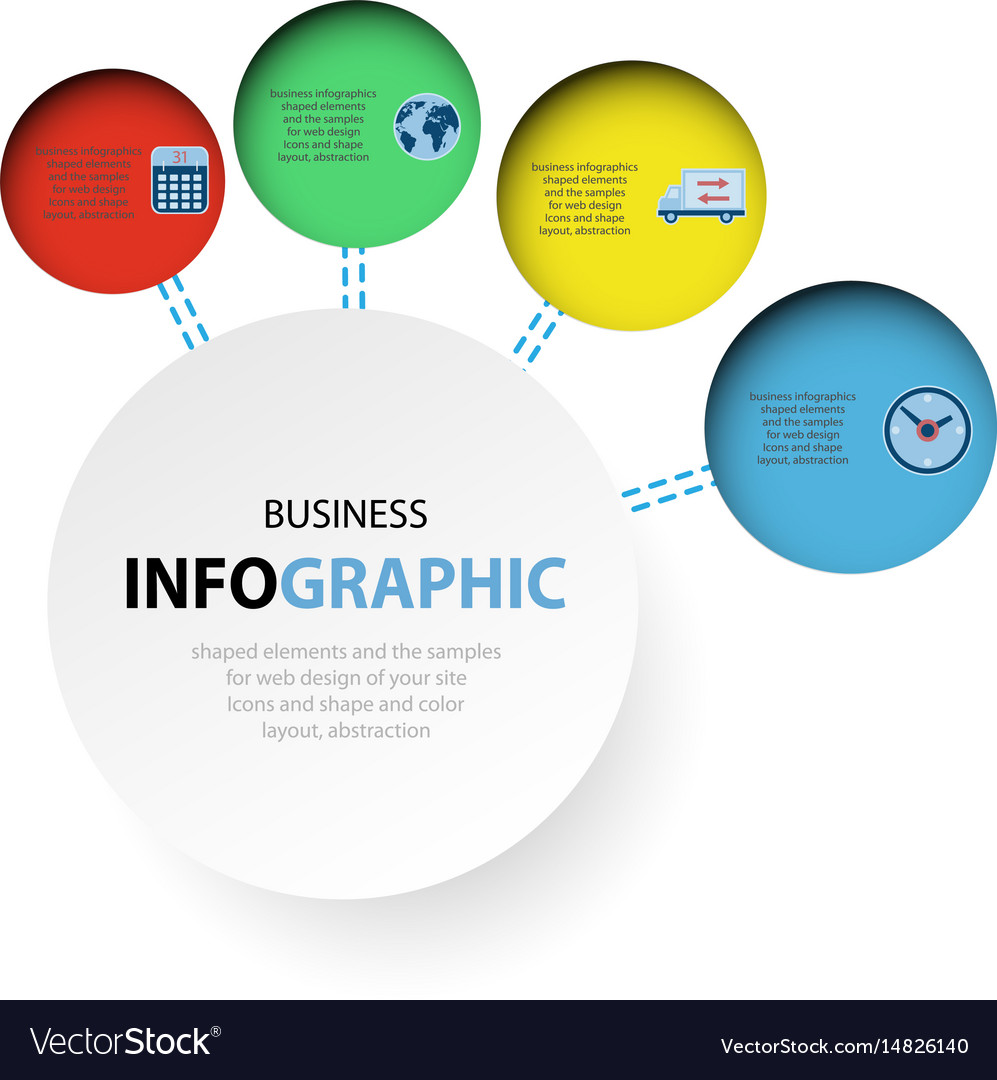Optimizing The Effect Of Visual Organization In Web Development
Optimizing The Effect Of Visual Organization In Web Development
Blog Article
Staff Writer-Nikolajsen Schwartz
Visualize an internet site where every aspect completes for your interest, leaving you feeling bewildered and unsure of where to focus.
Now picture a web site where each aspect is thoroughly prepared, assisting your eyes easily via the web page, giving a smooth user experience.
The distinction hinges on the power of visual pecking order in website design. By purposefully arranging and prioritizing aspects on a webpage, developers can create a clear and intuitive course for users to adhere to, eventually improving involvement and driving conversions.
Yet how exactly can you harness this power? Join us as we check out the principles and methods behind effective visual power structure, and find how you can boost your internet site layout to brand-new heights.
Comprehending Visual Hierarchy in Website Design
To effectively convey info and overview customers via a site, it's crucial to understand the concept of aesthetic pecking order in website design.
Visual hierarchy refers to the setup and company of elements on a page to highlight their importance and develop a clear and intuitive individual experience. By developing a clear visual pecking order, you can guide users' focus to the most vital info or actions on the web page, enhancing use and involvement.
This can be attained through different layout methods, including the critical use size, shade, contrast, and placement of aspects. As an example, bigger and bolder components normally draw in more attention, while contrasting colors can create visual comparison and draw emphasis.
Principles for Effective Aesthetic Pecking Order
Comprehending the principles for efficient visual power structure is important in creating an easy to use and interesting internet site design. By adhering to these principles, you can make certain that your internet site successfully interacts information to individuals and guides their interest to the most vital elements.
One concept is to utilize size and range to establish a clear aesthetic power structure. By making important aspects larger and a lot more prominent, you can accentuate them and overview individuals with the content.
An additional principle is to use contrast successfully. By utilizing contrasting mouse click the up coming website page , font styles, and forms, you can create visual differentiation and highlight important details.
Furthermore, the concept of closeness recommends that relevant components must be organized together to aesthetically link them and make the internet site much more arranged and simple to navigate.
Implementing Visual Power Structure in Web Site Style
To implement visual power structure in website layout, focus on essential components by adjusting their size, shade, and position on the page.
By making key elements larger and a lot more popular, they'll naturally attract the customer's attention.
Usage contrasting colors to develop aesthetic comparison and highlight important information. For example, you can use a vibrant or vivid color for headings or call-to-action buttons.
Furthermore, take into consideration the placement of each element on the page. Place important elements at the top or in the facility, as customers have a tendency to focus on these areas initially.
Final thought
So, there you have it. Visual power structure resembles the conductor of a symphony, assisting your eyes through the internet site style with finesse and style.
It's the secret sauce that makes a website pop and sizzle. Without it, your style is just a jumbled mess of arbitrary components.
Yet with aesthetic pecking order, you can produce a masterpiece that grabs focus, interacts properly, and leaves a lasting impression.
So leave, my friend, and harness the power of aesthetic power structure in your website design. Your audience will certainly thank you.
